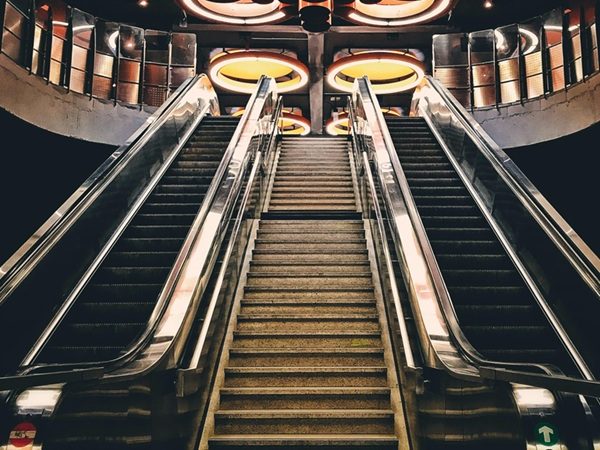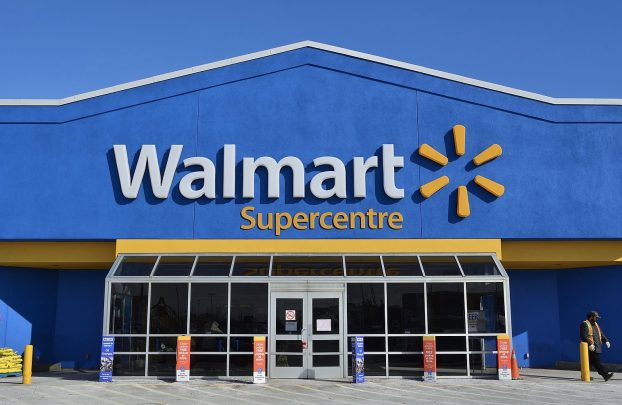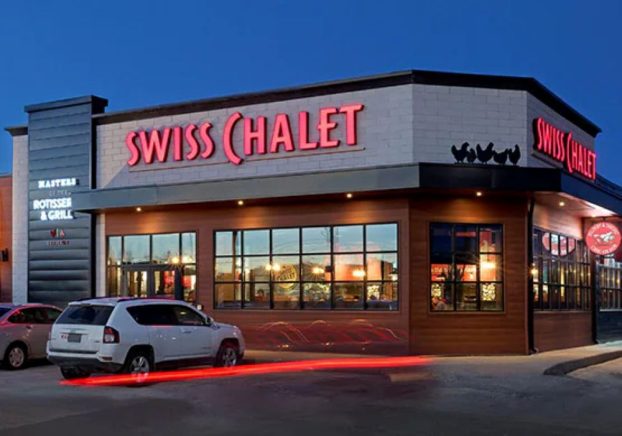
On Sunday afternoon, Pokemon Go mania landed in Canada a week after the mobile game’s launch in other markets generated gigantic amounts of hype, users and, of course, headlines. As one of the leading producers of marketing-related headlines in the Canadian market, we thought it might be a good idea to slow down a bit, take a deep breath and stock of what the game means for you – to guide you through the hype, headline by all-too-common headline.
It will change how we approach AR
If you’ve spent any time playing the game, you’ll know that what we typically think of when we picture augmented reality – some kind of image or information integrated into what a user is seeing in the real world through their device’s camera – is actually a relatively minor part of gameplay. More time is spent with the game’s geolocation features, encouraging players to seek out areas in their town for Pokestops (places based on real-world locations, landmarks and public art where players can collect in-game items) or gyms (other landmarks that serve as “bases” that players battle their Pokemon to control). Actual Pokemon can appear in between those spaces, initiating the “capture” part of the game you see above, but that typically takes no longer than a minute, and the player goes right back looking at a stylized version of a Google Map trying to decide where they should go next.
Much of the talk around AR has been about how improved technical capabilities are leading to more possibilites, but really, placing an animated 3D character in an AR feed actually seems far less advanced than the facial recognition filters Snapchat has been rolling out over the past year. What’s really “game-changing” about the way Pokemon Go implements AR is that it shows the non-camera elements of bringing a digital experience into the real world can be just as interesting. Not only that, it shows that it really can be deployed anywhere, instead of only being triggered by certain images or the cover of the New York Times.
It’s more popular than Tinder, Snapchat, etc.
Yes, Pokemon Go has been posting active user numbers that either rival those of more established apps and social networks, or are on pace to, and across a wide demographic that covers the children most associated with the franchise up to older millennials who were part of that target when it launched in the late ’90s.
But that comparison is more helpful when it comes to putting Pokemon Go’s user base in perspective, and less when comparing their usefulness as a marketing platform, because Pokemon Go has a handful of very useful, but also very limited applications. Which brings us to…
You need a Pokemon Go strategy
You need a strategy for Twitter because there are hundreds of possibilities for what you can do there: whether to go paid or earned, what your brand’s voice on the platform is going to sound like, how will you interact with consumers, whether you’ll be sharing photo or video content, where that media is going to come from, and so on.
With Pokemon Go, for the time being, you can do exactly three things.
The first is to do something offline, like referencing the game on social media, or even offering promotions to players. The latter could be as small as offering discounts to players who have reached a certain level in the game, as many small businesses have been doing, or as big as what T-Mobile has done in the U.S.: making players exempt from data charges for a year – which can pile up quickly if you’re not playing on a WiFi connection – and offering $15 Lyft credits so they can go hunt Pokemon in a different neighbourhood.
The second is to actually play the game. In Atlanta, digital agency Huge has been operating the Huge Café for a number of years, a functioning coffee shop that also serves as a real-world testing ground for things like new point-of-sale tech or wearables. When agency staff noticed the café was right in the middle of two Pokestops, they began buying and setting incenses – in-game items that “lure” Pokemon to a particular location – to entice players already nearby to stop in to the store.
The third is something that does begin to feel a little bit more familiar, and brings us to…
You shouldn’t waste your time with a Pokemon Go strategy
The New York Times first reported that the game’s developer, Nintac, in an effort to further monetize the game’s audience beyond microtransactions, was looking into offering sponsored locations for brands and retailers, with CEO John Hanke later telling the Financial Times that participating brands will be charged on a “cost-per-visit” model, which might become AR’s version of Google’s “cost-per-click.”
That might have been a possibility Nintac anticipated from the start. Some coders have reportedly reverse-engineered the game’s code and found a line of code reading “sponsor.mcdonalds.” That doesn’t necessarily mean the QSR has signed on with the game in any official capacity – it could just be placeholder text, or “mcdonalds” could refer to something other than the restaurant chain – but Gizmodo, citing a nameless source, reported that the partnership was a sure thing, and would turn every McDonald’s restaurant in an as-yet-undecided market into a Pokestop or gym, something made all the more compelling by the fact that most locations provide free WiFi.
It’s just a fad
Like any app, it’s up to developers to continue to find new features to make sure people not only keep downloading, but keep using it. When it comes to companies like Facebook and Twitter, those often benefit both the audience and the advertisers that generate their revenue – adding something like new video formats not only give advertisers more ways to use the platform, but audiences as well.
One thing that can’t be forgotten is what Pokemon Go is at its core. It’s not a social platform, or a marketing tool. It’s a mobile game. Nintac has gone on record to say that sponsored locations and other advertiser activities will only be a secondary form of monetization, relying primarily, like most other mobile games, on a microtransaction model. That means its looking to generate most of its revenue from players, not brands, which means it’s them Nintac will want to keep happy first and foremost.
The game currently features the first 150 characters in the series, and updates bringing more members of the full roster of 729 Pokemon to the app are likely in the future. And if you’ve ever played a mobile game based on Marvel, you’ll know that one of the main functions of a game based on intellectual property will likely be as an owned platform for the Pokemon Company to cross-promote other properties through in-game events (the next two games in the main series for Nintendo’s 3DS console, Pokemon Sun and Moon, are set be released in November, not to mention continuing seasons of the cartoon series based on the franchise). With all that untapped intellectual property to draw from, there are plenty of opportunities to entice and excite players, but maybe not in a way that brands will always be a part of.























